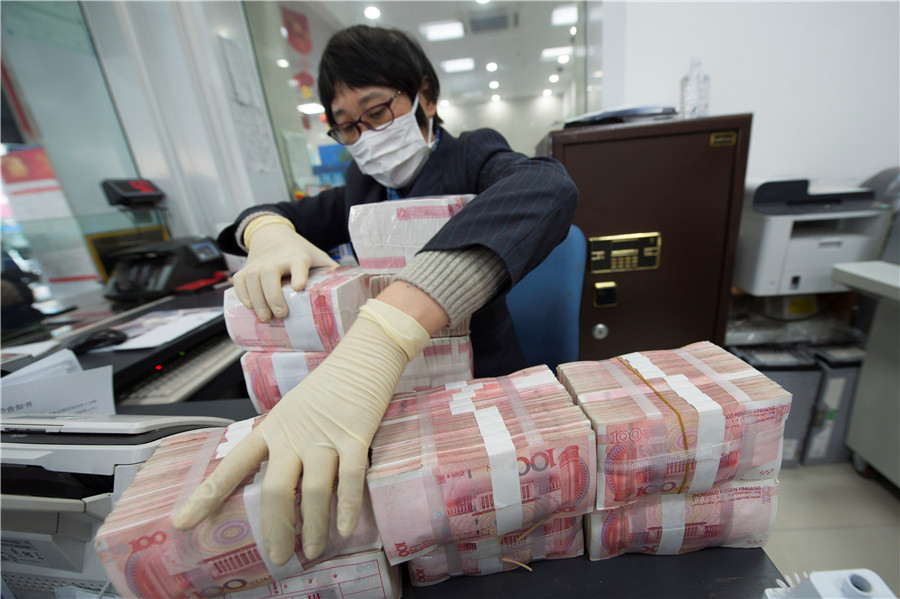Experts mull fiscal stimulus withdrawal


Policy advisers agree on prevention of potential side-effects of tax measures
A mechanism to withdraw special fiscal stimulus measures smoothly and gradually in the post-pandemic period is needed to stabilize market expectations and minimize shocks from policy shifts, said fiscal management experts.
The government may prepare and publish a list of policies that will be gradually withdrawn, indicating specific time and actions, in order to curb risks related to the coronavirus pandemic, according to a report from the Chinese Academy of Fiscal Sciences, the research body of the Ministry of Finance.
"On the one hand, we have to take cautious measures for adjusting the stimulus policy and consolidating the economic recovery momentum. On the other, we have to prevent side-effects of overstimulated activities," said Wang Zhigang, deputy chief of the macroeconomic research center of the academy.
Policy advisers agreed that the financial relief measure that exempts social security fees for small and medium-sized enterprises may have ended in 2020, and may not be extended this year.
The cuts in taxes and fees, which were expected to be worth more than 2.5 trillion yuan ($387 billion) in 2020, could reduce costs of firms but also increase fiscal imbalances.
Considering the sustainability of the government's fiscal measures, the research body of the Ministry of Finance suggested additional tax reforms, focusing on reducing the value-added tax and adjusting the personal income tax, to re-balance the structure of China's tax system and keep the government income stable.
The academy showed that under the country's tax and fee reduction policy, in 2019, the government's tax income increased by 1 percent on a yearly basis, the slowest since 1969, while the total general public budgeted revenue, which also includes non-tax income, rose 3.8 percent, the slowest rate since 1987.
"We hedged against the public crisis at the expense of an increase of fiscal risk," said Liu Shangxi, head of the Chinese Academy of Fiscal Sciences. Liu led a research project last year to study the fiscal and economic situation of several local governments in regions across China, which concluded uneven economic recovery and fiscal capacity among different regions.
Unprecedented fiscal stimulus through an expansion of fiscal deficits and a boost to government bonds has increased debt repayment pressure, especially for local authorities. For most local governments, the peak of debt maturity will be reached in the 2020-24 period, amid a slowdown of government revenue growth, according to Liu's research.
Some areas with difficulties in reducing the local government's implicit debt can start the new "debt swap" pilot programs, taking the last round of debt swap measures as reference-shifting the local government's contingent liability into publicly issued bonds, the research report said.
Other possible measures to ease debt repayment pressure include borrowing more to pay existing debt and debt roll-over. The debt-to-equity swap scheme, debt restructuring and settlement could also be options to write off unpayable debt, the report stated.
The annual meeting of the Ministry of Finance, which was chaired by Finance Minister Liu Kun on Thursday, stressed that local government debt risks should be kept under control and fiscal policy be made consistent and sustainable.
The finance minister called for better measures to take advantage of local governments' special bonds this year, to effectively raise funds for major infrastructure projects.
A policy tracker of the International Monetary Fund indicated that since the pandemic outbreak, China has announced an estimated 4.8 trillion yuan, or 4.7 percent of GDP, in discretionary fiscal measures.
Key measures include increased spending on epidemic prevention and control, production of medical equipment, accelerated disbursement of unemployment insurance and extension to migrant workers, tax relief and waived social security contributions alongside additional public investment.




































